6. Key Layering Pieces Every Wardrobe Needs
This chapter highlights the essential items that form the backbone of any layered outfit. From classic outerwear and tailored jackets to versatile mid-layers, foundational tops, and statement accessories, each piece is designed to enhance both functionality and style. Whether you’re dressing up for a professional setting or keeping it casual, these key items ensure your wardrobe is ready to create balanced, dynamic looks for every occasion.
Classic Trench Coat or Wool Coat
Classic outerwear like a trench or wool coat forms the cornerstone of any layered outfit. This section introduces these timeless pieces that not only shield you from the elements but also add a refined, versatile touch to both casual and formal ensembles.
1. The Timeless Outerwear Staple
This section explains how a classic trench or wool coat offers a versatile, stylish shield against the elements while serving as a refined foundation for any layered look.
A classic trench or wool coat is the cornerstone of any layered outfit. These coats are designed to protect you from wind, rain, and chill while adding instant polish to your look. With clean lines, a belted waist, and a structured silhouette, a trench or wool coat offers the perfect balance between function and fashion. Its neutral tones (think camel, navy, or black) ensure that it pairs seamlessly with almost every ensemble in your wardrobe.
For example, a double-breasted trench not only shields you during damp fall days but also creates a streamlined, elongated silhouette that exudes confidence.
2. Versatility and Styling Tips
This section further explores smart pairing ideas and design details that allow you to transition seamlessly from casual to formal settings with this indispensable outerwear.
Investing in a quality trench or wool coat means you have an investment piece that transitions effortlessly from casual to formal occasions. Pair it over a turtleneck and tailored trousers for a business-ready look, or layer it over a sweater and jeans for weekend ease. Look for details like adjustable belts or storm flaps that enhance both the aesthetic and functionality of the coat. This piece is a timeless investment that elevates any outfit, providing a sophisticated finishing touch while ensuring you remain comfortably shielded from the elements.
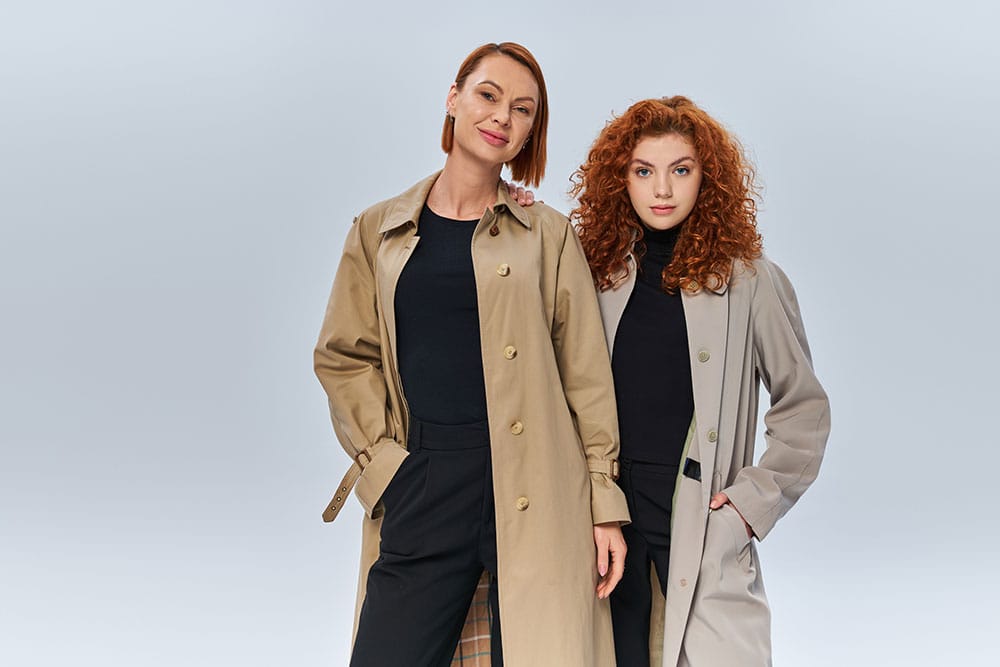
Blazers and Structured Jackets
Blazers and structured jackets are indispensable for creating a polished, tailored look. This section explores how these key pieces add instant sophistication to your wardrobe by establishing a crisp, refined foundation for layered outfits.
1. Polished, Tailored Foundations
Here, you’ll discover how blazers and structured jackets create a crisp, tailored silhouette, instantly elevating your outfit with a professional edge.
Blazers and structured jackets are indispensable for creating a refined, layered look. They add instant structure to your outfit, offering a crisp, tailored silhouette that can transform casual pieces into office-ready attire. Whether it’s a fitted blazer in a classic cut or a more relaxed, modern structured jacket, these pieces create a strong visual foundation for your layered ensemble.
Think of a well-cut blazer as the exclamation point at the end of your outfit signals confidence and attention to detail.
2. Styling Versatility and Pairing
This part details how these structured pieces can be mixed with various tops and layers, offering endless possibilities to dress up or down for any occasion.
These structured pieces are highly versatile: wear them over lightweight tops, turtlenecks, or even a casual tee to balance proportions and create contrast. A blazer can dress up in a simple pair of jeans, while a tailored jacket can lend an edge to a layered knit or sweater. Experiment with textures—pair a smooth, crisp blazer with a chunky knit underneath for a modern twist on classic layering. This approach works equally well in both professional settings and laid-back environments, making structured jackets a must-have.
Versatile Cardigans and Sweaters
Cardigans and sweaters bring cozy comfort and adaptable style to your layering strategy. This section introduces these essential mid-layers that not only provide warmth but also add inviting textures and depth to your outfits.
1. Cozy Layers with Endless Options
This section emphasizes the role of cardigans and sweaters as adaptable mid-layers that provide warmth and comfort while lending a relaxed, approachable vibe to your ensemble.
Cardigans and sweaters are the heart of layering for comfort and warmth. These pieces serve as adaptable mid-layers that can be worn buttoned up for a neat, polished look or open and draped for a relaxed, effortless vibe. Opt for materials like cashmere, wool, or cotton knits that offer both softness and durability. Their inherent versatility means they can be paired with almost anything—from crisp shirts and tees to dresses and skirts.
For instance, an oversized cardigan in a neutral tone can add a cozy, inviting dimension to your outfit while seamlessly blending with other layers.
2. Styling and Texture Play
This part explores creative ways to combine different knits and textures, adding depth and visual interest to your layered outfits.
Beyond warmth, cardigans and sweaters are key for adding texture and depth to your ensemble. Experiment with different necklines—crew, V-neck, or turtleneck—and consider varied styles, such as fitted versus draped cardigans, to achieve the desired look. Layer a fine-knit sweater under a chunky cardigan for contrast or wear a textured pullover over a crisp button-up. Their ability to mix with diverse textures makes them essential for both casual and semi-formal layered outfits, allowing you to effortlessly transition between seasons and occasions.
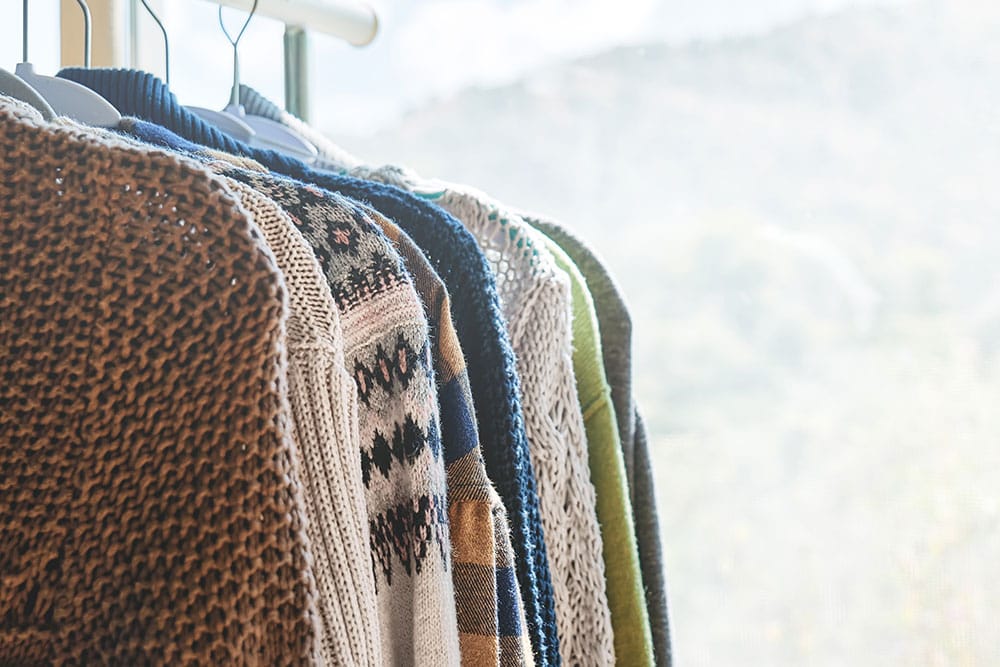
Lightweight and Breathable Tops
Lightweight tops are the foundational pieces upon which layered looks are built. This section explains how essential base layers—whether a sleek turtleneck, a crisp button-up, or a classic tee—provide a comfortable and versatile canvas for further styling.
1. Essential Base Layer Foundations
This part focuses on lightweight tops as the critical base for any layered look, offering both comfort and a neutral canvas for building your outfit.
Lightweight tops are the backbone of any layered look. Whether you opt for a form-fitting turtleneck, a crisp button-up, or a classic tee, these pieces are designed to provide a comfortable, breathable base that works seamlessly under additional layers. Their versatility lies in their simplicity: neutral shades and timeless cuts make them suitable for nearly every outfit and occasion.
For example, a fitted black turtleneck not only keeps you warm but also serves as a sleek canvas upon which you can build your layered look.
2. Styling and Functional Versatility
It further discusses how these tops can be styled on their own or layered under other garments to create streamlined, adaptable ensembles.
Beyond their role as a foundation, these tops offer endless styling possibilities. A well-chosen button-up can be worn alone for a minimalist look or layered under a blazer or sweater for extra polish. Tees are perfect for casual layering, whether tucked into high-waisted jeans or peeking out from under an open cardigan. Their lightweight nature ensures that they don’t add bulk, allowing for a streamlined silhouette while offering the flexibility to mix, match, and experiment with different textures and colors. This makes them indispensable for transitioning between seasons and adjusting to varying temperatures throughout the day.
Scarves, Belts, and Statement Accessories
Accessories are the finishing touches that tie your layered outfit together. This section focuses on how scarves, belts, and statement pieces add both functionality and a personal flair, completing your look with thoughtful details.
1. Functional Accents That Tie It All Together
This section shows how accessories like scarves, belts, and standout jewelry serve as the final touches that unify and elevate your layered outfit.
Accessories like scarves, belts, and statement pieces are the final touches that bring a layered outfit together. A well-chosen scarf can add both warmth and visual interest, transforming a simple look into something eye-catching. Belts help define your silhouette, especially when layered over loose-fitting pieces, while other statement accessories—like bold jewelry or standout bags—provide a focal point that enhances the overall aesthetic.
For instance, a chunky knit scarf in a vibrant color can break up a neutral palette, drawing the eye and adding a pop of personality.
2. Elevating Your Look with Thoughtful Details
It highlights the importance of selecting accessories that balance and enhance your overall aesthetic, ensuring each layered look is both polished and personalized.
When accessorizing your layered outfits, consider both style and function. Use belts to cinch oversized layers and create a more defined waistline. Choose scarves that not only protect against the chill but also complement your color scheme or introduce a contrasting texture. Statement accessories like oversized earrings, layered necklaces, or distinctive handbags can elevate even the simplest ensemble. The key is to balance bold accents with the rest of your outfit so that each accessory feels intentional and cohesive, resulting in a polished, well-rounded look that truly expresses your personal style.
7. Common Layering Mistakes and How to Avoid Them
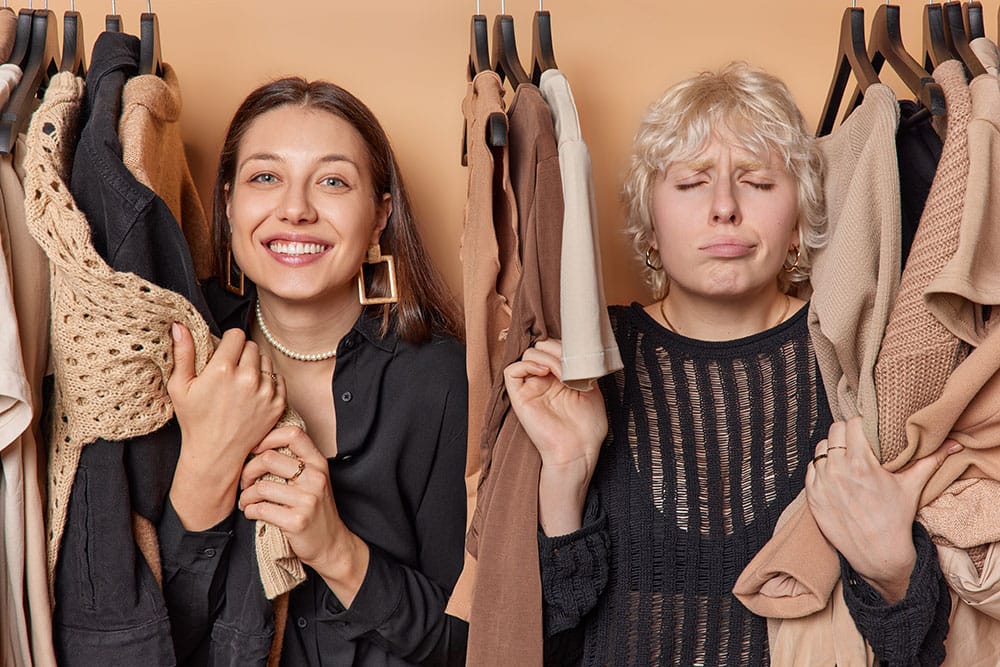
This chapter uncovers the common pitfalls in layering that can disrupt both the look and function of your outfit. It offers practical advice on avoiding these mistakes—ranging from overloading layers and clashing textures to poor fit and unsuitable weather choices—to help you create balanced, stylish, and effective ensembles.
1. Overloading Too Many Layers
Layering is meant to add depth and functionality—not to create a bulky or constricted look. In this section, we explore the risks of over-layering and provide solutions to keep your ensemble sleek and purposeful.
- The Pitfall: Adding too many layers can make your outfit bulky, restrict movement, and obscure your silhouette. When each layer is not chosen with intention, the result can be a disjointed, overstuffed look that feels heavy and uncomfortable.
- How to Avoid It:
- Purposeful Layering: Start with a thin, moisture-wicking base layer, add one or two moderate mid-layers for insulation, and finish with a single protective outer layer.
- Streamline Your Silhouette: Keep each layer complementary in weight and fit. Aim for a sleek, graduated look where each garment serves a clear function.
- Example: Instead of piling on a hoodie, sweater, vest, and jacket, choose one cozy sweater paired with a structured coat that can be removed as needed.
Tip: When in doubt, less is more—focus on quality over quantity to maintain comfort and style.
2. Mismatched Textures and Colors
Achieving visual harmony is crucial in layering. This section discusses how poor combinations of textures and colors can disrupt the cohesion of your outfit and offers guidelines to create a well-balanced ensemble.
- The Pitfall: Combining fabrics or hues that clash can disrupt the visual flow of your outfit. Overly busy patterns or textures that don’t complement each other can lead to a look that appears chaotic rather than cohesive.
- How to Avoid It:
- Harmonize Your Palette: Choose a color scheme where the layers are either monochromatic or use complementary colors. Stick with neutrals for your base layers, then add pops of color with accessories or outerwear.
- Texture Coordination: Pair contrasting yet harmonious textures—for example, a smooth silk top under a chunky knit sweater works because their differences create interest without clashing.
- Example: Instead of mixing too many prints, let one patterned layer shine while keeping the rest of your ensemble in solid, complementary shades.
Tip: Plan your outfit around one or two key textures or colors, then build around them for a balanced look.
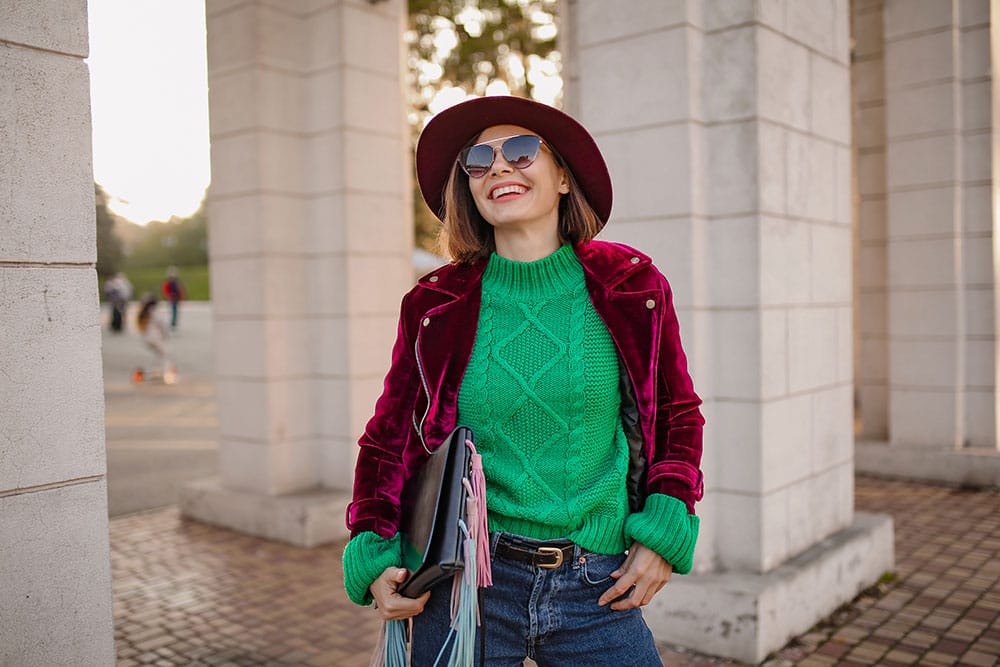
3. Ignoring Fit and Proportions
The fit and proportion of each layer are vital to maintaining a flattering silhouette. This section examines the impact of poorly fitted layers and offers advice on achieving a harmonious balance between different garment styles.
- The Pitfall: Poorly fitting layers—whether too loose or overly tight—can break the flow of your outfit and distort your silhouette. An unbalanced combination (e.g., an oversized sweater paired with baggy pants) can overwhelm your frame.
- How to Avoid It:
- Balance Your Silhouettes: Ensure that if one layer is oversized, balance it with a more fitted piece. For instance, a cropped jacket works well over a longer, streamlined base.
- Proportion Play: Pay attention to the lengths of your garments. A long cardigan should be paired with a shorter top underneath to avoid a “swallowed” look.
- Example: When layering a blazer over a turtleneck, the turtleneck should be snug enough to create a smooth line, while the blazer should be tailored—not so loose that it adds unnecessary bulk.
Tip: Always try on layered combinations to check that the overall look remains flattering and that the proportions work together seamlessly.
4. Not Dressing Appropriately for the Weather
Layering should not only be about style but also functionality. This section emphasizes the importance of aligning your layering choices with the weather conditions to ensure comfort and practicality.
- The Pitfall: Focusing solely on aesthetics without considering functionality can leave you underdressed or overheating. Layering that looks great in theory may not provide enough warmth (or breathability) when the weather demands it.
- How to Avoid It:
- Functional Fabrics: Choose materials that match the climate. For colder days, opt for insulating fabrics like merino wool or cashmere for your mid-layer, and water-resistant materials for your outer layer. For milder weather, stick to breathable cotton or silks.
- Adaptability: Make sure your layers can be easily added or removed. This flexibility allows you to adjust to fluctuating temperatures throughout the day.
- Example: Instead of wearing a heavy sweater when the forecast calls for mild mornings, choose a lightweight knit that you can lay under a versatile jacket.
Tip: Always check the weather forecast and plan your layers accordingly to ensure you remain both comfortable and stylish no matter what the conditions.
8. Layering for Different Body Types
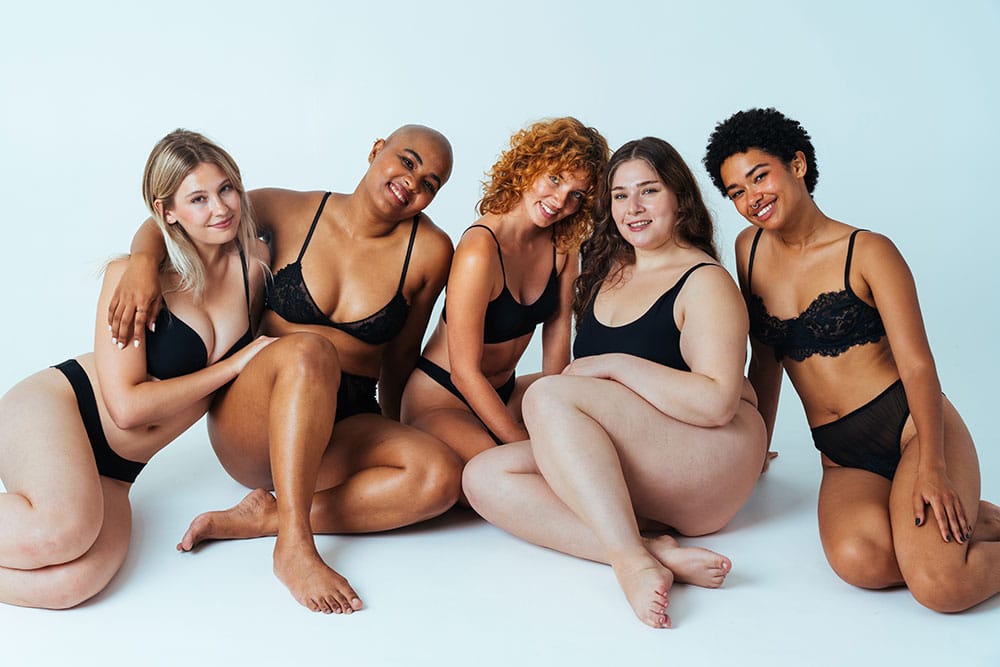
This chapter offers tailored strategies to enhance your unique silhouette through thoughtful layering. Whether you’re looking to accentuate your curves or balance proportions, these expert tips will help you create a flattering look that highlights your best features while maintaining comfort and style.
Flattering Layers for Your Unique Body Shape
Discover personalized layering techniques designed to work with different body shapes. This section provides targeted advice for apple, pear, hourglass, rectangle, and inverted triangle shapes, offering actionable tips to define your waist, balance proportions, and create a harmonious overall look.
Different body types require different layering strategies. Here are some key approaches:
1. For Apple Shapes
- Focus on the Waist:
Use a fitted base (like a slim V-neck or a lightweight turtleneck) paired with a structured outer layer (such as a blazer or a belted cardigan) to create the illusion of a defined waist. - Avoid Bulky Layers on Top:
Stick to streamlined silhouettes that draw the eye vertically and help elongate the torso. - Techniques:
Tuck in your base layer or try a half-tuck to accentuate your waistline, as recommended by experts in shape-enhancing dressing.
2. For Pear Shapes
- Balance Proportions:
Add volume to the upper body to create a harmonious silhouette. Consider layering with statement tops, light embellished jackets, or cardigans that bring attention upward. - Keep the Bottom Simple:
Opt for smooth, tailored bottoms so that all the focus remains on your upper layers. - Techniques:
Use lighter colors and prints on top while keeping darker, streamlined pieces on the bottom to naturally balance your curves.
3. For Hourglass Shapes
- Celebrate Your Curves:
Choose layers that follow your natural curves without overwhelming them. - Define the Waist:
A fitted layer paired with lightly structured outerwear (like a wrap coat or a tailored blazer) can highlight your narrow waist perfectly. - Techniques:
Stick with single-belted or cinched looks to avoid adding unnecessary bulk around your midsection.
4. For Rectangle Shapes
- Create the Illusion of Curves:
Layer with textured or patterned pieces that add volume to the bust and hips. - Define the Waist:
Incorporate belts or peplum styles to break up the straight line of your torso. - Techniques:
Mix varying lengths cropped jacket over a longer base layer can add dimension and create a more hourglass-like effect.
5. For Inverted Triangle Shapes
- Downplay Broad Shoulders:
Choose layers that draw attention away from the upper body. - Add Volume to the Lower Half:
Try A-line skirts or flared trousers paired with a simpler top to balance the silhouette. - Techniques:
Use layering to add texture and movement to the lower body while keeping the upper part relatively streamlined.
Enhancing or Minimizing Features with Layering Techniques
Layering isn’t just about adding warmth, it’s about sculpting your look. Here are some techniques to tailor your outfit:
- Vertical Lines & Diagonal Details:
Vertical seams, diagonal cuts, and asymmetrical layers elongate the body and help create a defined waistline. As noted by style experts, these details draw the eye in a way that can slim and streamline your silhouette - Contrasting Textures and Colors:
Strategically layering different fabrics and hues can either highlight a feature or distract from an area. For example, a bright, patterned top can bring attention to a narrow upper body, while darker, muted outer layers can recede unwanted volume. - Cropped vs. Long Layers:
Cropped jackets or cardigans can expose the waist and create an hourglass effect, while longer, flowing layers might minimize the midsection by drawing the eye along a continuous line. - Structured Outerwear:
Incorporating a tailored blazer or a structured coat can add definition, making it a great option for anyone looking to create more shape—especially effective when paired with softer, more fluid base layers. - Tucking and Belting:
A well-placed belt or a strategic tuck (full or half-tuck) can accentuate your waist, even if your natural waistline is less defined. This trick is particularly helpful for apple and rectangle shapes.
9. Sustainable and Ethical Layering
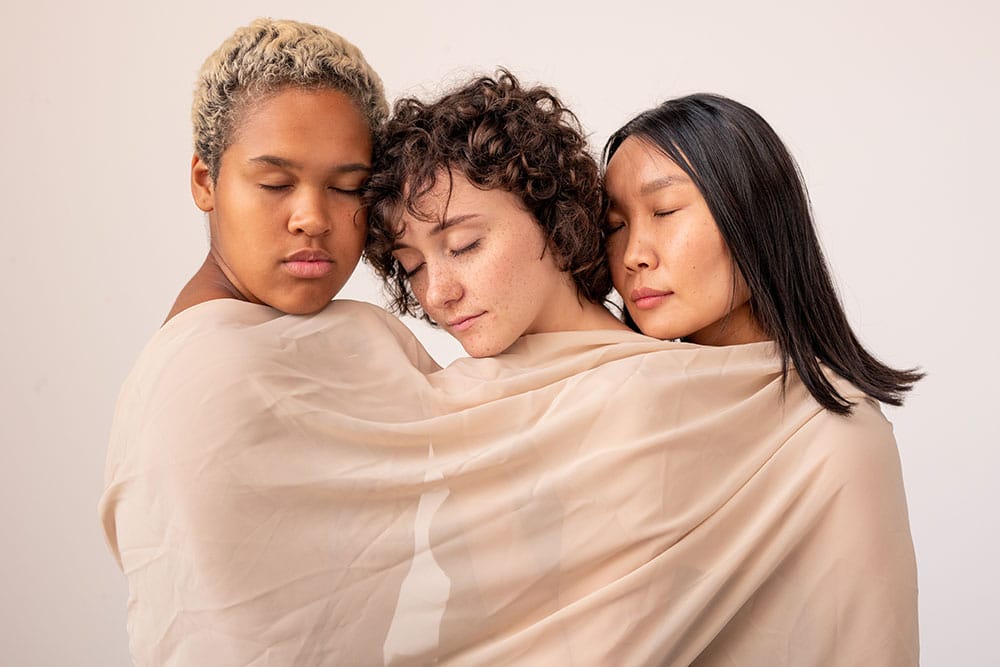
This chapter explores how to build a layered wardrobe that is both environmentally friendly and ethically responsible. It guides you through selecting sustainable fabrics and supporting ethical brands, as well as creative upcycling techniques to repurpose your existing garments. By integrating these practices, you can enjoy stylish, versatile outfits while contributing to a positive environmental and social impact.
Choosing Eco-Friendly Fabrics and Brands
When building a sustainable wardrobe, start by selecting fabrics that have a lower environmental impact. Here are some key points to consider:
1. Sustainable Fabric Options:
- Organic Cotton, Hemp, and Linen: These natural fibers are grown with fewer pesticides, less water, and lower energy inputs compared to conventional cotton. For example, organic cotton is grown without synthetic chemicals and supports healthier farming practices, while hemp and linen require minimal irrigation and thrive in less-than-ideal soils.
- Recycled Materials: Materials like recycled polyester and ECONYL® transform post-consumer waste (such as plastic bottles, fishing nets, and textile scraps) into new, high-quality fibers. This approach not only reduces waste but also lowers CO₂ emissions during production
- Innovative Alternatives: Emerging materials like Tencel (a branded lyocell produced from sustainably sourced wood pulp) and Piñatex (a leather alternative made from pineapple leaves) offer exciting, cutting-edge solutions that combine performance with sustainability.
2. Ethical Brands:
Support brands that are transparent about their supply chains and adhere to fair labor practices. Labels such as Pact, Kotn, and tentree have built their reputations on responsible sourcing and ethical manufacturing. They typically invest in sustainable fabrics, ensure fair wages for workers, and use eco-friendly packaging. Look for certifications like GOTS, OEKO-TEX, and USDA Organic, which provide assurance that a product meets strict environmental and ethical standards.
- The Broader Impact: By choosing these fabrics and brands, you not only enjoy durable, high-quality clothing but also support an industry shift away from fast fashion. This creates a positive ripple effect—from reducing water and energy usage to improving working conditions and supporting local communities.
Upcycling and Repurposing Clothing for Layering
Upcycling is a creative and practical way to extend the life of your existing wardrobe while reducing waste. Here’s how you can integrate upcycling into your layered looks:
1. Creative Upcycling Techniques:
- Mending and Alterations: Instead of discarding a favorite garment with minor damage, consider mending it. Simple fixes like patching holes, adding decorative elements, or transforming a long dress into a cropped top can give new life to old clothes.
- DIY Projects: Turn thrifted finds into unique pieces by combining different textures and fabrics. For example, repurpose an old sweater into a stylish vest or transform a pair of worn-out jeans into a multi-textured jacket. Online tutorials on platforms like YouTube or communities on Reddit offer step-by-step guides for beginners
- Mixing and Matching: Experiment with layering upcycled pieces with new items. Pair a repurposed vintage shirt with a modern, sustainable jacket for a look that merges the old with the new. This not only maximizes the use of your existing wardrobe but also helps in reducing your overall clothing consumption.
2. Style Inspirations and High-Profile Examples:
- Public figures set a strong example by reworking their wardrobes. Kate Middleton, for instance, is known for upcycling her formal outfits—making subtle tweaks to previously worn pieces, which sends a powerful message about sustainability while maintaining timeless elegance. These practices highlight that thoughtful alterations can refresh your look without the need to buy new items.
- Benefits of Upcycling:
Upcycling reduces textile waste and conserves resources by keeping materials in circulation. It encourages creativity and personal expression, as every upcycled piece tells its own unique story. Moreover, engaging in upcycling can become a fulfilling hobby that not only enhances your style but also develops your DIY and sewing skills.
10. The Role of Layering in Fashion Trends
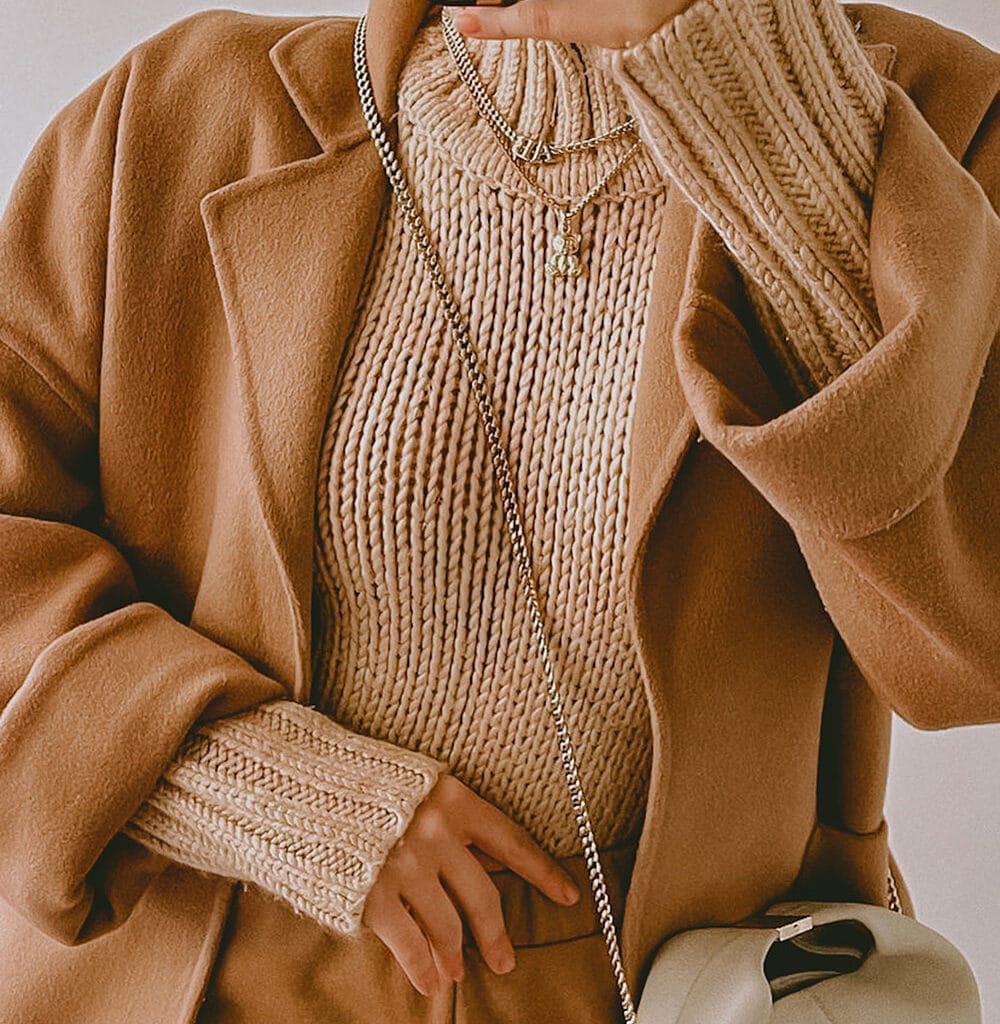
This chapter explores how layering has evolved from a practical necessity into a powerful tool for artistic expression in fashion. It examines the historical roots of layering, its transformation in high fashion and street style, and a comparative analysis of these two influential trends. Through this exploration, you’ll understand how layering continues to shape modern fashion narratives and personal style.
Historical Evolution of Layering
Historically, layering was driven by practicality. In cooler climates and eras—such as medieval Europe and the military innovations of the 20th century—multiple layers (a base layer for moisture management, a mid-layer for insulation, and an outer shell for protection) were essential for survival. Early examples include the Roman tunic ensembles and the U.S. military’s M‑43 jacket kit, which demonstrated how layering could be optimized for varying weather conditions. Over time, as fabrics, tailoring, and technology evolved, layering shifted from a necessity into a means of creative expression.
Layering in High Fashion
In high fashion, layering is celebrated as an artful tool for sculpting dramatic silhouettes and conveying conceptual narratives. Designers such as Yves Saint Laurent, Balenciaga, and more recently, avant-garde names, have used layering to juxtapose textures, volumes, and proportions in unexpected ways. The focus is not solely on function but on constructing a visual statement, often incorporating luxurious fabrics, tailored cuts, and innovative design elements. High-fashion layering tends to be more refined and intentional, frequently seen on runway shows where every layer contributes to a cohesive, narrative-driven look.
Layering in Street Style
Street style, by contrast, approaches layering with a mix of practicality and individual expression. Influenced by subcultures such as skate, hip-hop, and urban workwear, street layering often involves mixing casual pieces—like hoodies, flannels, and denim—in a spontaneous, off-duty manner. The ethos here is about versatility and comfort, with layering serving to personalize an outfit while adapting to unpredictable city climates. Over recent years, the lines between high fashion and street style have blurred, with many streetwear enthusiasts incorporating designer elements into their layered looks.
High Fashion vs. Street Style: A Comparison
While both realms employ layering, their motivations differ:
- High Fashion:
- Conceptual & Sculptural: Layers are carefully designed to create an elevated silhouette and evoke artistic narratives.
- Luxurious Materials: Emphasis on high-quality, often innovative fabrics and precise tailoring.
- Refined Aesthetic: Layering is used to challenge conventional norms and reimagine traditional forms in a modern context.
- Street Style:
- Functional & Personal: Layers are mixed for practicality and self-expression, allowing wearers to adapt to daily urban conditions.
- Eclectic Mix: Combines affordable staples with occasional designer pieces, fostering an individualistic, “DIY” vibe.
- Cultural Fusion: Often inspired by music, sports, and subcultural movements, layering here reflects a dynamic, grassroots approach to fashion.
Modern fashion sees a fascinating cross-pollination between these two approaches. High-end designers are increasingly drawing inspiration from street style, while streetwear brands incorporate elements of luxury and refined tailoring, creating a hybrid aesthetic that resonates with today’s fashion consumers.
11. Conclusion
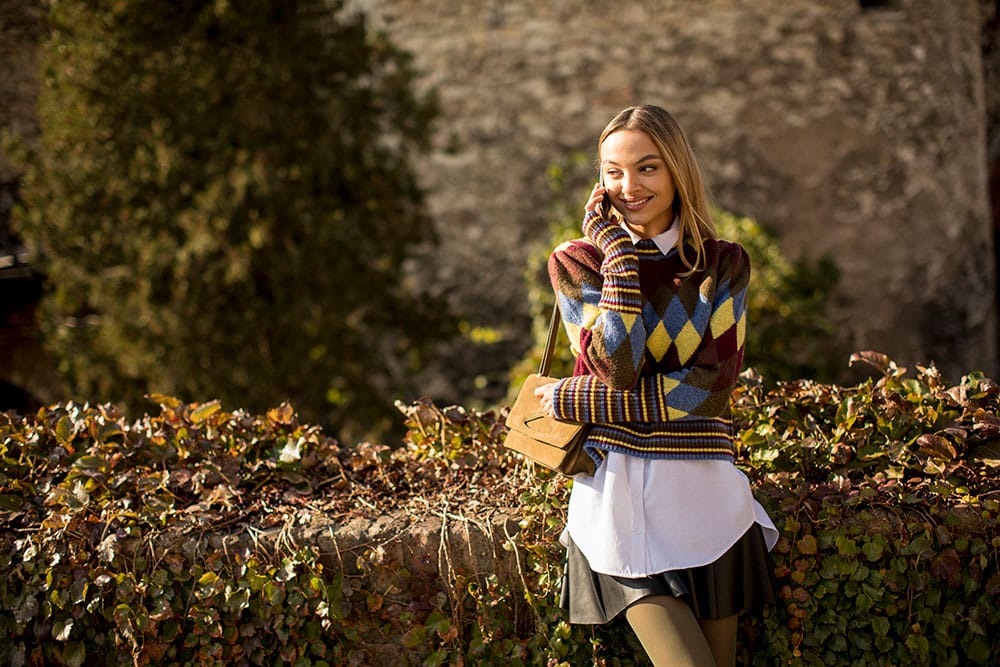
This final chapter wraps up the insights and strategies discussed throughout the guide, emphasizing the transformative power of layering in fashion. It highlights the importance of personal experimentation and distills key principles that can help you master the art of layering, ensuring your outfits remain both stylish and functional.
Encouraging Personal Experimentation with Layering
Layering in fashion is far more than simply combining multiple garments—it’s an art form that empowers you to express your individuality and adapt to any occasion. By embracing layering, you open up a world of creative possibilities where each piece works in harmony to build a look that is both stylish and functional.
Fashion is a personal narrative, and layering offers a dynamic canvas for self-expression. Experimenting with layering means daring to mix unexpected textures, colors, and silhouettes. Try pairing a vintage sweater with a contemporary jacket or blending a sleek base layer with a bold accessory. Every experiment, whether it results in a surprising new look or teaches you what doesn’t work, adds depth to your understanding of your personal style. Remember, the beauty of layering lies in its flexibility—you have the freedom to play with proportions, challenge traditional rules, and create combinations that truly resonate with your personality. Each layer is an opportunity to innovate and redefine what fashion means to you.
Key Takeaways for Mastering the Art of Layering
- Balance and Proportion:
The foundation of effective layering is a keen eye for balance. Combine fitted pieces with looser garments to create a harmonious silhouette that enhances your figure without overwhelming it. This thoughtful approach ensures that every layer complements the others, providing both structure and fluidity. - Texture and Color Coordination:
Mixing different textures—smooth silks with chunky knits, or sleek leather with soft cotton—adds depth and tactile interest to your outfit. Pairing complementary colors or experimenting with subtle contrasts can transform a simple ensemble into a visually engaging look. The key is to maintain a cohesive palette that ties all the layers together. - Functionality Meets Fashion:
Beyond aesthetics, layering is highly practical. It allows you to adapt your outfit to varying temperatures and environments by starting with moisture-wicking base layers, adding insulating mid-layers, and finishing with a protective outer layer. This approach not only enhances comfort but also extends the versatility of your wardrobe. - Versatility and Adaptability:
One of the greatest strengths of layering is its ability to transform a few essential pieces into a multitude of looks. Whether you’re dressing for a casual day out, a professional setting, or an elegant evening event, the right combination of layers can effortlessly shift your style to match the occasion. - Personal Expression and Creativity:
While guidelines for balance, texture, and color are invaluable, the most important aspect of layering is that it should reflect your unique style. Don’t be afraid to push boundaries and experiment. Let your layers tell a story—one that evolves with your experiences, moods, and aspirations. True mastery of layering comes from blending technique with personal flair.
Final Thoughts
Layering is a journey of continual discovery, where each new combination is a step toward perfecting your signature style. By embracing experimentation and understanding the core principles of balance, texture, and functionality, you transform everyday dressing into a creative and empowering experience. Let layering be your personal toolkit—not just to stay warm or look polished, but to express who you are in every season and at every moment.
Continue Reading:
The Art of Layering: Mastering Style, Comfort, and Versatility in Fashion / Part 1
The Art of Layering: Mastering Style, Comfort, and Versatility in Fashion / Part 2
Written by: Dinculescu Laurentiu
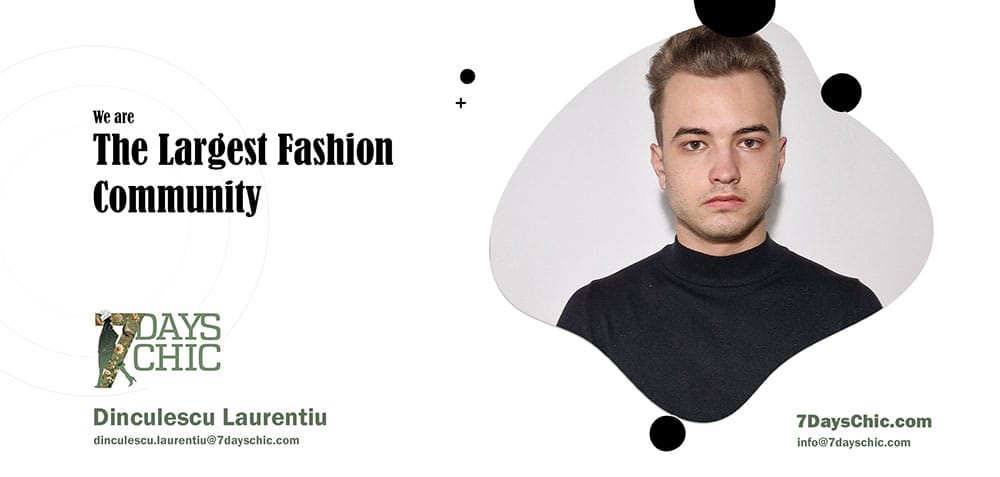


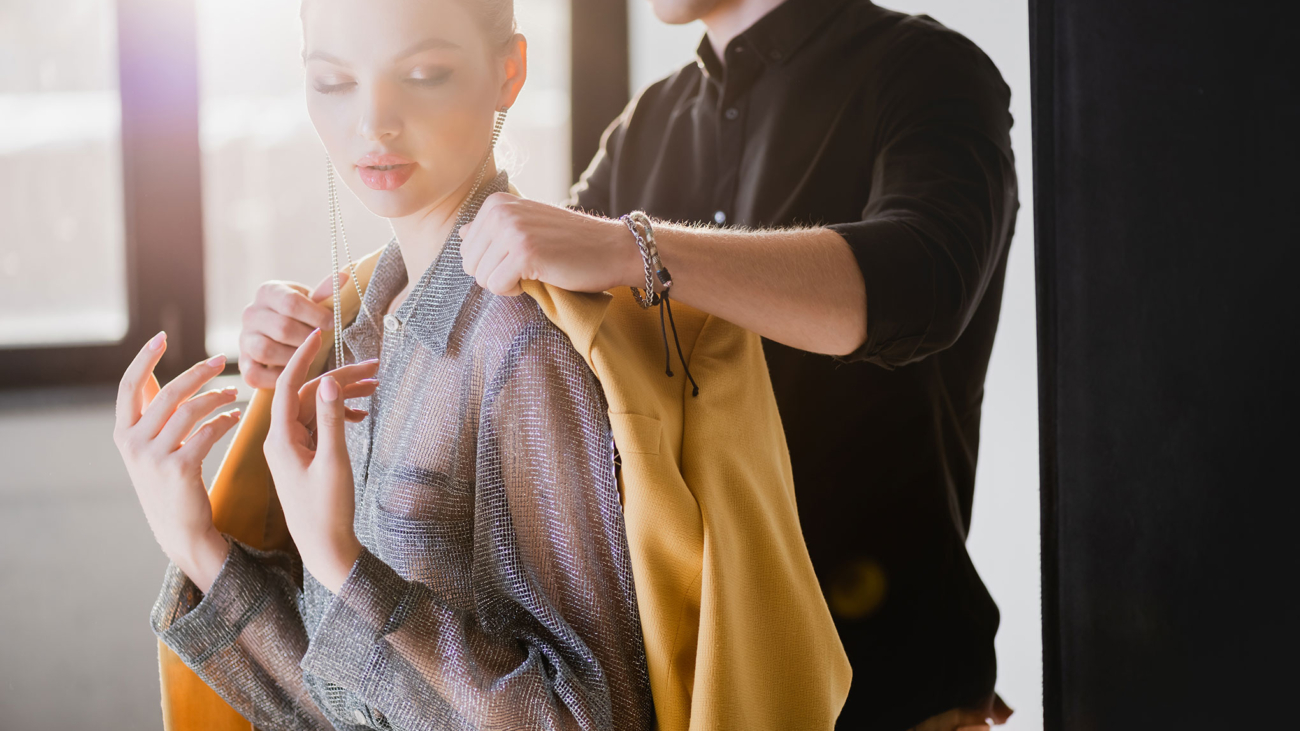
Add a Comment